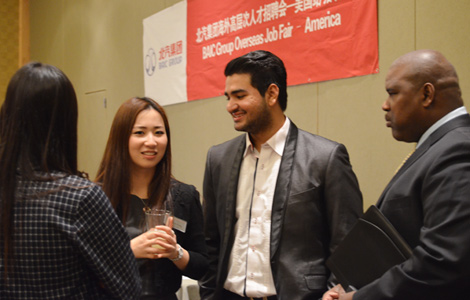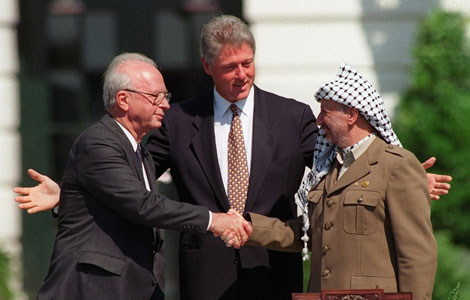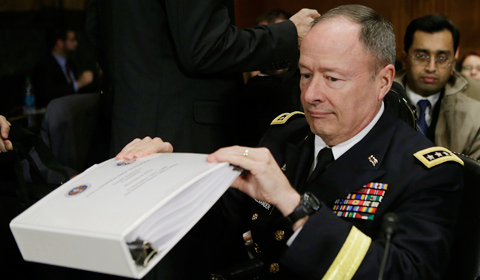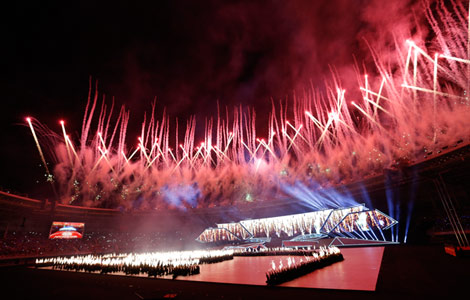New details emerge in Asiana crash
Updated: 2013-12-12 09:18
(Agencies)
|
|||||||||
Speed concerns
The pilot flying the plane, Lee Kang-kook, told investigators he was worried about his ability to perform a "visual approach" to the airport, which is known for having a challenging landing. He had only performed a manual landing at that airport once before, on a Boeing 747, according to the NTSB.
On July 6, he was instructed to do a manual landing because a "glide slope" system at the airport was out of service.
As the plane neared the runway, a number of warnings in the cockpit indicated that the speed was dropping dangerously, according to the NTSB documents.
In interviews with the NTSB, the pilots said they thought the autothrottle would correct the speed. The training pilot, Lee Jeong-min, and a third pilot, Bong Dongwon, who was in a jump seat in the cockpit, spoke about the plane's speed and "sink rate," or descent, about a minute before the plane hit the ground, according to a transcript of the cockpit voice recorder released on Wednesday.
"Sink rate, sir," Bong said, about a minute before impact. "Sink rate, sir," he repeated.
"Minimums, minimums," said an electronic voice about 20 seconds later. "Speed," the instructor pilot said about six seconds before impact. "Speed."
The pilot later told NTSB investigators he did not feel he had the authority to abort the landing and perform a "go around."
Asked whether he could have done that maneuver, he said, "that's very hard" in Korean culture because people at "one step higher level" had to make the decision to go-around.
Wake-up concern
Much of the hearing addressed the use of automated systems on aircraft, which are widely credited for the safety of modern air travel because they can minimize mistakes.
But they can also confuse pilots, experts said on Wednesday, particularly when pilots don't understand what "mode" the automation is in.
"Problems have been observed on a large number of cockpits and for pilots at different level of experience," said Nadine Sarter, a professor at the University of Michigan and an expert on flight control automation.
Bob Myers, chief of flight deck engineering for Boeing, said that if pilots are concerned about how their plane is flying under automation, the Boeing 777 system allows them to quickly exit that system and fly the plane manually.
The Asiana pilots said they thought the autothrottle would "wake up" and prevent the speed from falling dangerously low.
That confusion also arose in 2011 during certification of Boeing's 787 Dreamliner, which has a similar autothrottle system, documents released on Wednesday showed.
In an interview following the Asiana accident, Eugene Arnold, a test pilot for the Federal Aviation Administration, said he was surprised when the 787 autothrottle did not "wake up" while set in certain "modes" but did wake up in other settings.
According to NTSB documents, he thought "it was a less-than-desirable feature and it could be improved upon."
Boeing did not change the system, saying the autothrottle had been certified and had no problems in service.
The European Aviation Safety Agency (EASA) called the two modes with no wake up feature an "inconsistency" and suggested changing the system to avoid confusing pilots, EASA wrote in a report to the FAA before it certified the jet in 2011, cited by Arnold.
"Inconsistency in automation behavior has been in the past a strong contributor to aviation accidents," EASA said.
Boeing says in the 787 operating manual that in certain flight modes, the autothrottle "will not wake up even during large deviations from target speed and does not support stall protection." The matter is also noted in the 777 operation manual, but in more abbreviated form.
Most Viewed
Editor's Picks
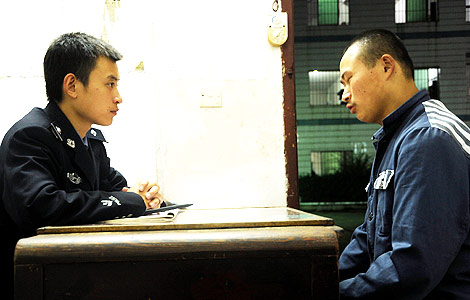
|
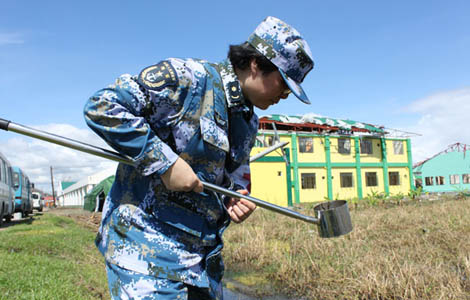
|
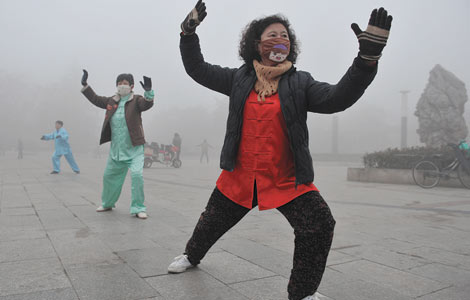
|

|
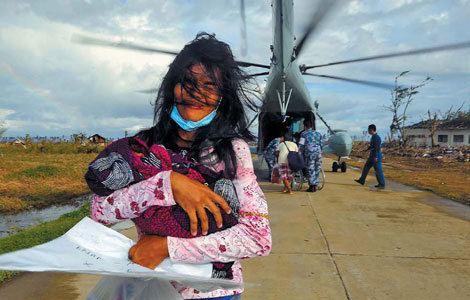
|

|
Today's Top News
BAIC races to new goals
Lee named head of Patent Office
NSA: surveillance best way to protect US
Explose bank loan rise may spark tightening of credit
'Containing China' Japan's strategy
Pilots must qualify to land in haze
Talent plan to unleash creativity
Perks targeted in anti-graft drive
US Weekly

|

|
